Floods unleash unprecedented criticism
- Published
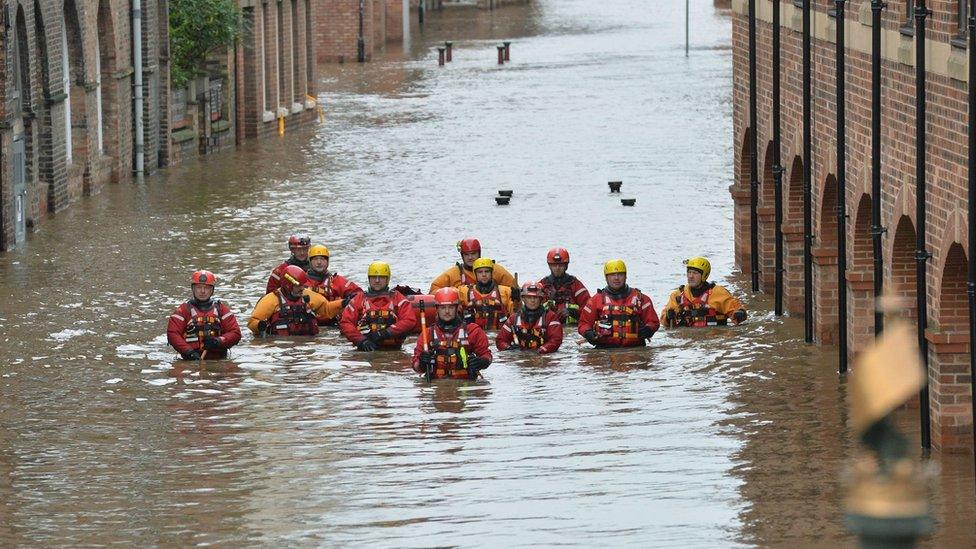
The immediate response to floods may have been better organised - but many victims want to know why they were not better protected in the first place
Every bout of flooding triggers a predictable cycle of despair, anger and scrutiny, but this one has provoked an unprecedented level of criticism and questioning.
As the victims struggle with the misery of damage, mud and ruin, officials say we have entered an era of "unknown extremes" of weather and they want a "complete rethink" of how flooding is handled.
Some aspects of the response are infinitely improved from earlier disasters. The emergency teams from organisations as diverse as the fire brigades, the RNLI and the police are far better co-ordinated than they used to be.
In Carlisle earlier this month, I saw one mountain rescue team, well-equipped with an inflatable boat, ropes, torches and radios, inch through deep water in total darkness to carefully and tenderly deliver a frightened woman to safety.
But however professional the response, questions are inevitably raised about why this effort is needed in the first place, with people demanding to know why their communities were not better defended.
And that leads to a sense of anger that as victims of flooding feel ignored or let down by the authorities for failing to keep them safe.
Reacted with fury
I first witnessed this during the summer of 2007 in Hull, where thousands of families were displaced by floods with some still in temporary housing a year later.
One family I interviewed were incensed at the prospect of facing a second Christmas in a chilly caravan.
Earlier this month, residents in Carlisle, who had watched the construction of a £38m flood-defence scheme just five years before, reacted with fury as it was overtopped by rising waters.
One family in Carlisle shot some remarkable footage of their flooded home - they spoke to Matthew Price
We have heard anger too from Leeds City Council which, like many northern authorities, believes that Whitehall favours the South when it comes to allocating funds for flood defence - though the government insists that the North does better on a per capita basis.
And anger has been voiced in York in the past few days as the Environment Agency made a fateful decision to lift the Foss Barrier, a key part of the city's flood defence system.
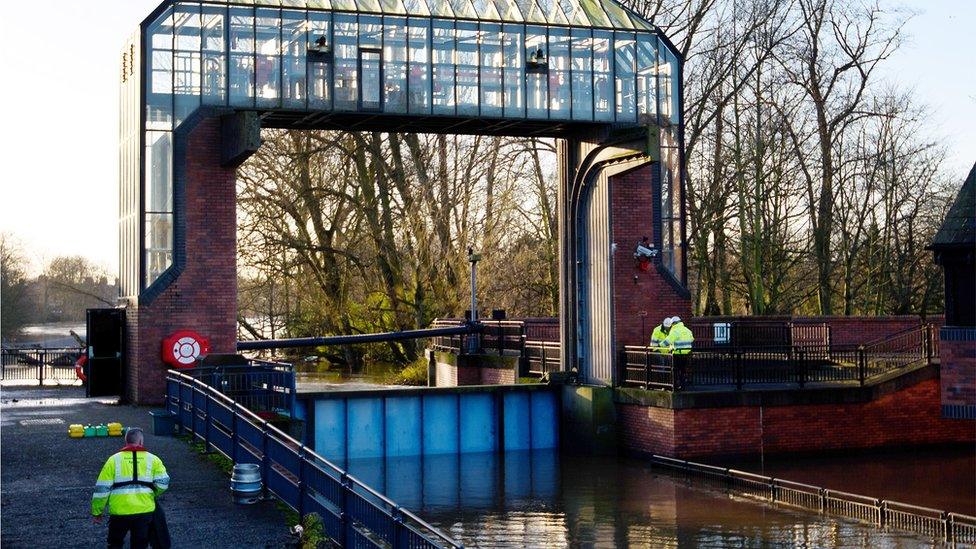
The Foss Barrier was lifted - flooding homes downstream
With the barrier's electrical motors at risk of flooding - something which itself will face investigation - staff feared that the barrier, if left lowered, could become stuck there, trapping the waters of the Foss and causing more flooding.
But, in turn, the raising of the barrier inevitably meant some homes would be flooded anyway - fewer than would have been hit with the barrier left in place, says the EA, but this is a source of deep irritation for many.
Funding defences
Along with the despair and the anger comes another dimension: scrutiny. This starts as soon as floods start to cause damage and in some cases the arguments are unchanging year after year.
At its simplest are decisions about the scale of government funding - whether the £2.3bn allocated by the government over a six-year period is enough and, crucially, where to spend the money.
The longstanding Treasury rule is that for every £1 devoted to flood defence, there must be an economic benefit of at least £8 - a principle which is designed to make saving homes the priority.
So cities, with their dense populations, will attract more than rural areas with fewer people, which is why London gets the best protection of all, and tiny villages the least.
To help places that might not qualify, the government encourages "partnership funding", another source of cash from local authorities, business groups or communities - but raising it has never been easy.
Last year in Norfolk, along a shoreline vulnerable to flooding, I sensed a lot of reluctance among local people to the idea of contributing towards the cost of their own defences.
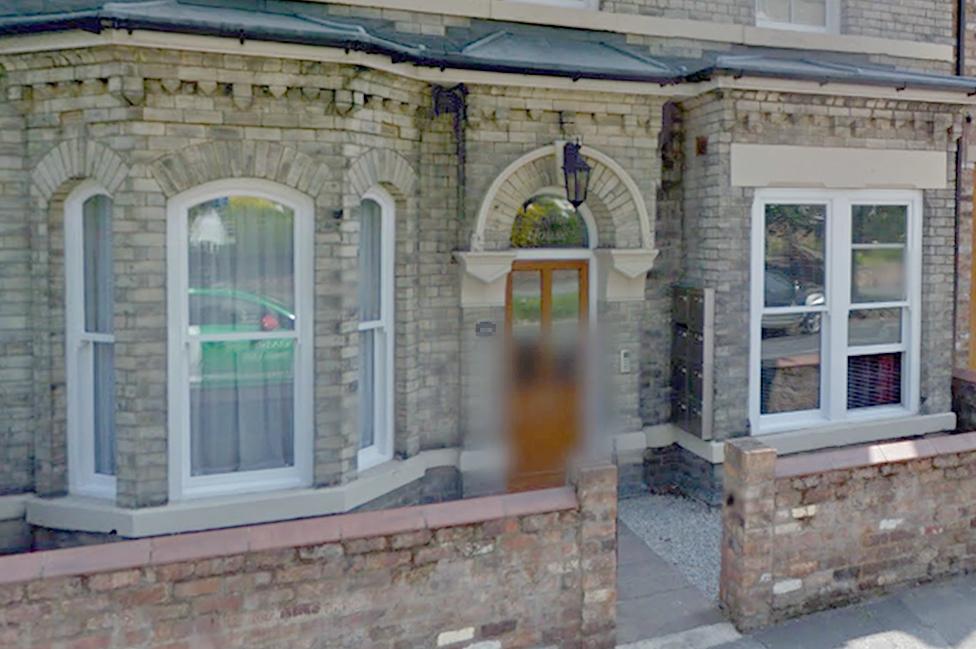
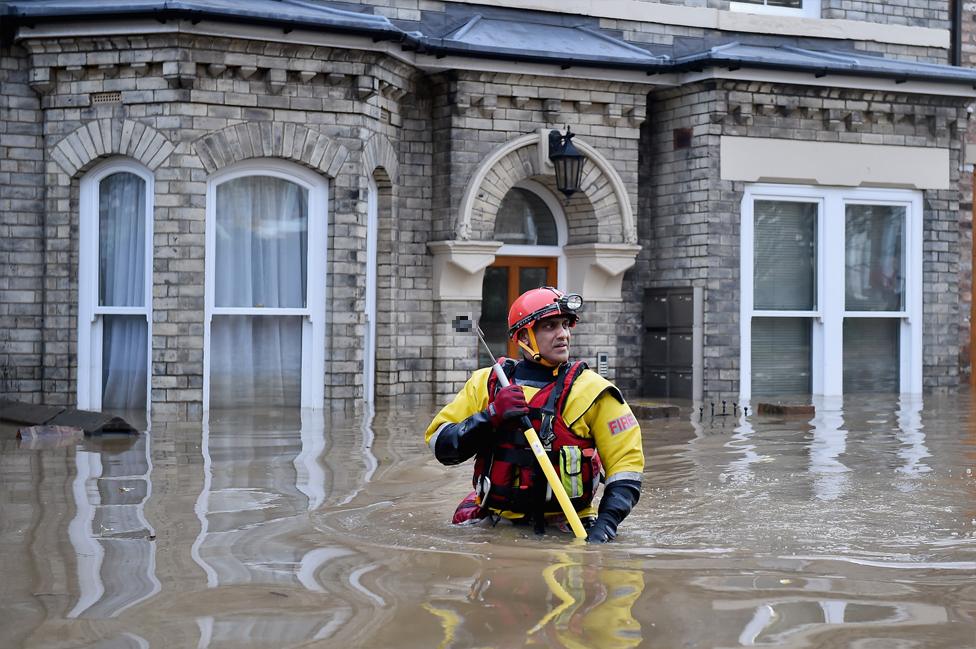
Many residential streets in York have been badly hit
And assuming there is agreement on funding - and maybe an increase in the budget - there remains the tough job of deciding how big a defence to build.
Until now, engineers have looked back at past records of rainfall and flooding to do their calculations.
The barriers in Carlisle, for example, were constructed with this in mind, but with an additional half-metre (1ft 8in) added on top to allow for the effects of climate change - because warmer air is known to be able to hold more moisture which means that rainfall could become more intense as temperatures rise.
Yet, when it struck, the deluge there was another half-metre above even the extra half-metre added to the defences. So difficult decisions lie ahead about the scale of protection that will be needed.
And there are further complications. For a pretty town whose riverfront is a tourist attraction, like Keswick in the Lake District, there is a natural reluctance to see massive walls permanently towering over the banks.
And if one place wins protection, other communities downstream will clamour for help too. The Jubilee River, an artificial channel, was dug to help Maidenhead and Windsor but has long been criticised by residents of Wraysbury who say it has made them more vulnerable to flooding.
The challenge is that flood defence can never be seen in isolation.
The new normal?
The new homes the country so badly needs can be most easily built on flat land but that often lies in floodplains - so will planning policy be changed to limit where houses go?
New shopping centres or industrial estates with vast car parks can be a huge source of run-off - but can that be changed?
One logical plan is for farmers to do more to help trap rainwater in the uplands before it descends via tributaries into the plains below.
A pilot scheme has just begun in North Yorkshire - but some say this can never make much difference.
Another idea is to create huge water storage sites, external - like mini-reservoirs - that can hold back any sudden downpour, though there may be disputes over where to site them and how to fund them.
And if the government's new review into flooding concludes that climate change will make more intense rainstorms more frequent, should we follow the example of major tropical cities?
Malaysia's capital Kuala Lumpur has invested in a huge tunnel, external that can handle traffic or, when storms strike, floodwater.
For a temperate island more used to drizzle, this seems radical. But as one storm follows another, and new rainfall records keep being set, maybe new ideas will start to seem normal.
- Published29 December 2015
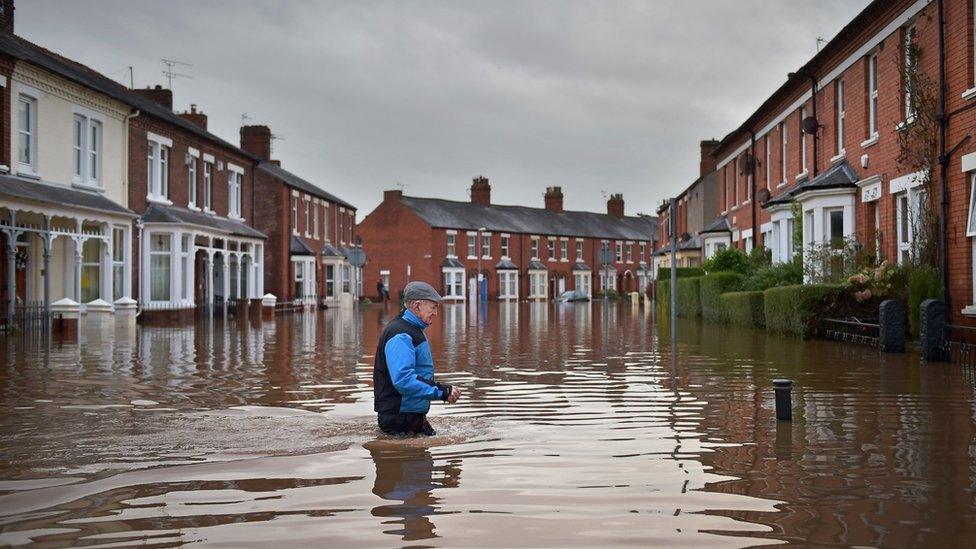
- Published28 December 2015
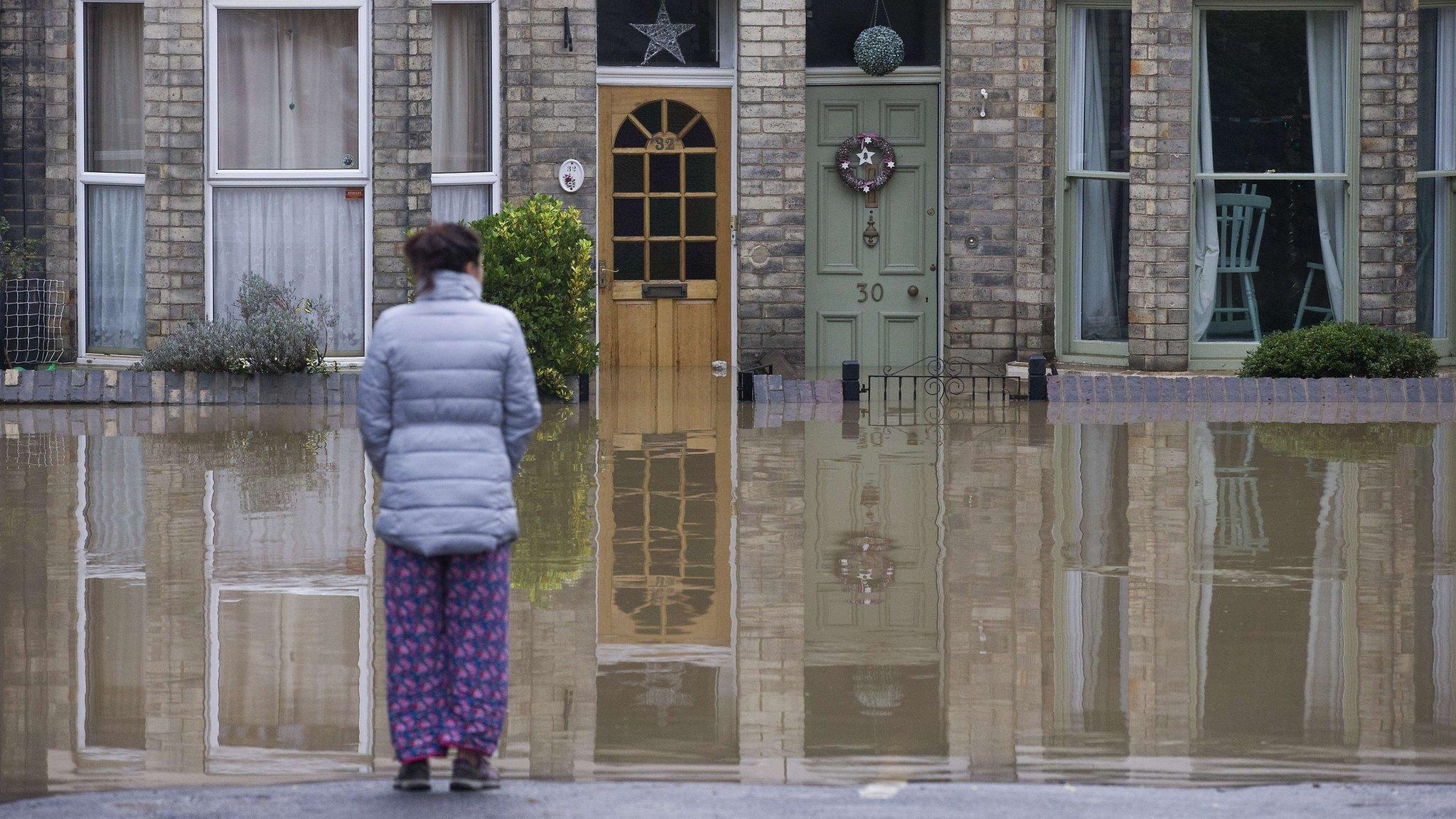
- Published28 December 2015
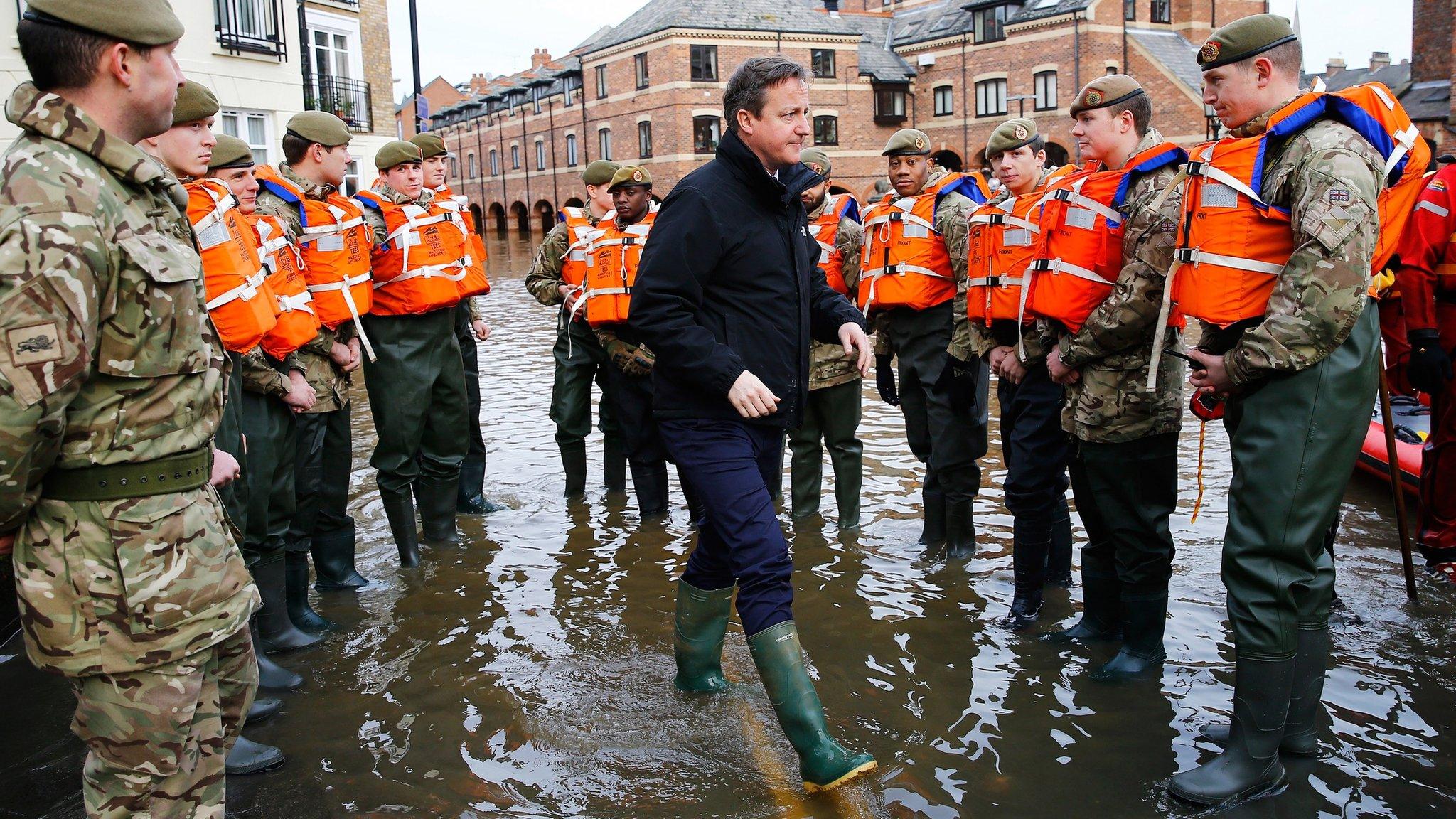
- Published28 December 2015
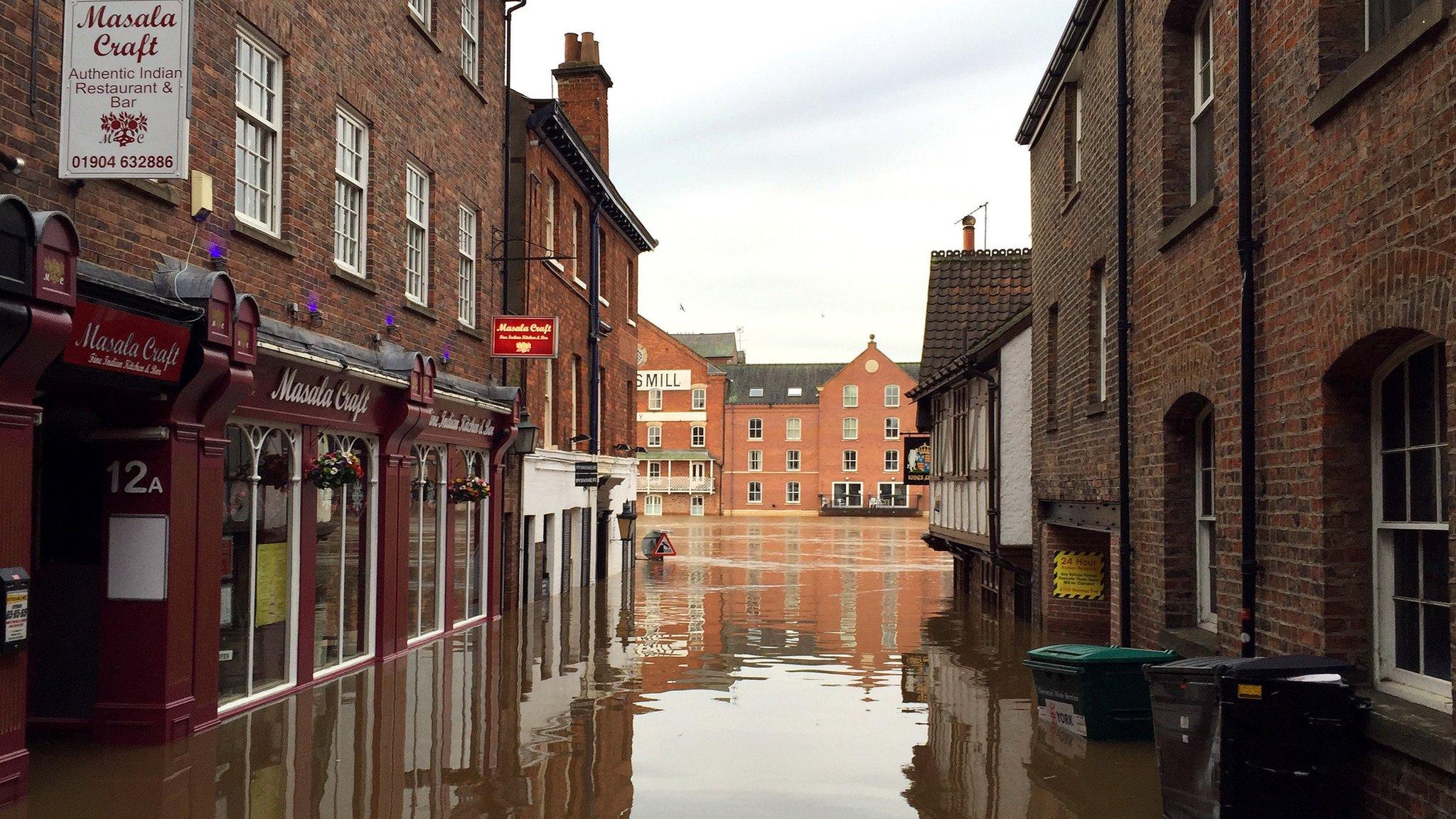
- Published28 December 2015
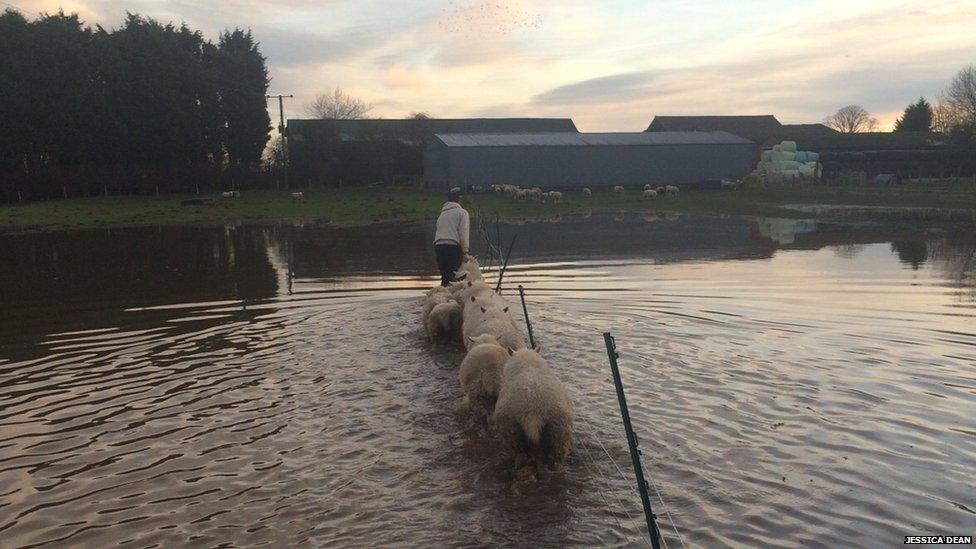
- Published28 December 2015
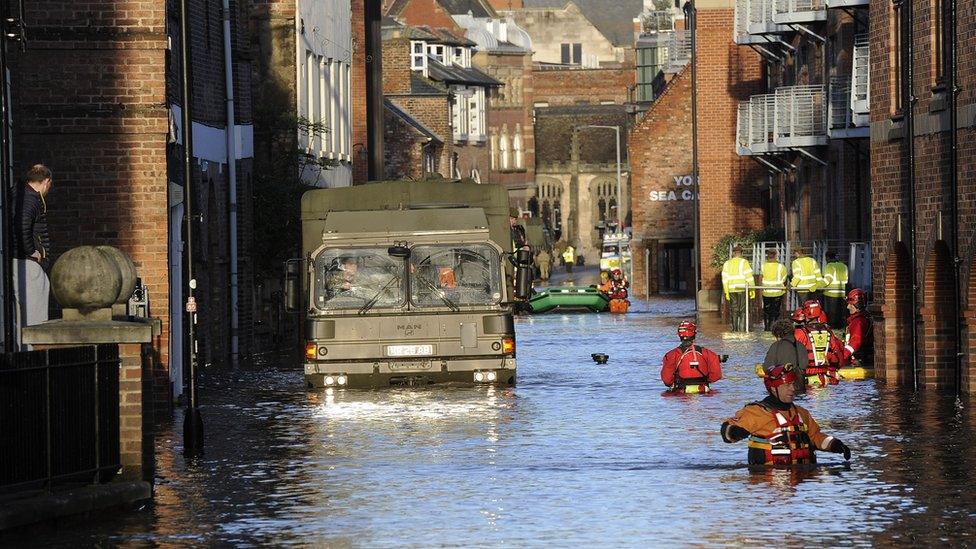
- Published23 December 2015
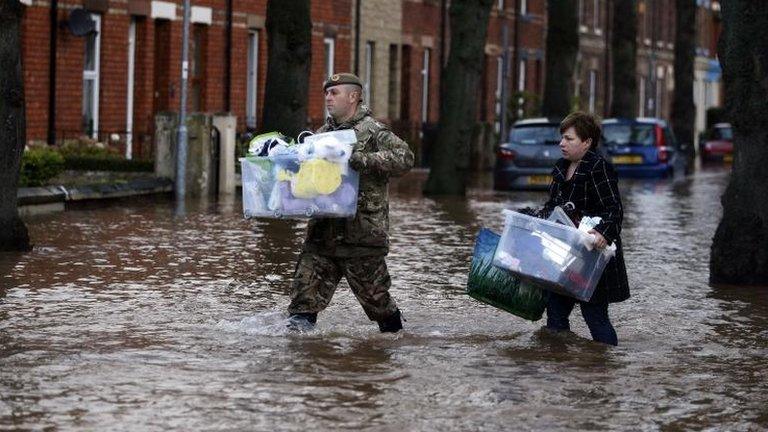
- Published21 February 2014
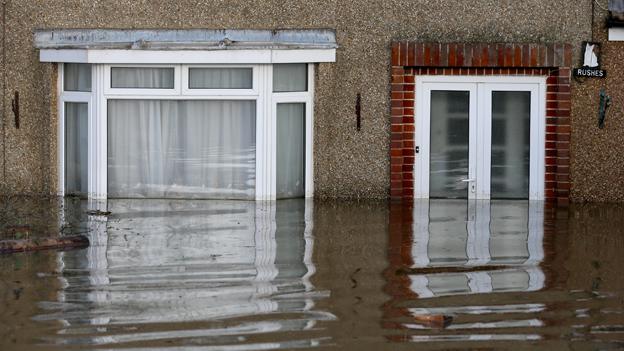
- Published29 November 2012
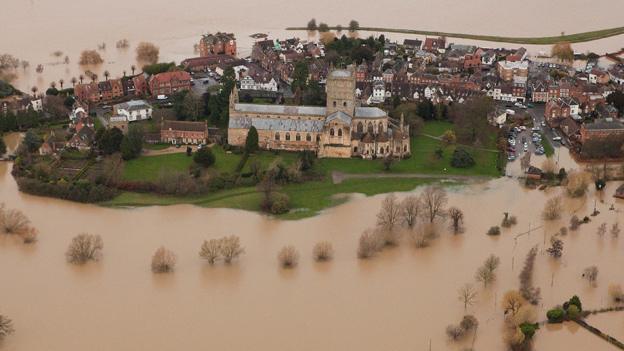
- Published26 November 2012
